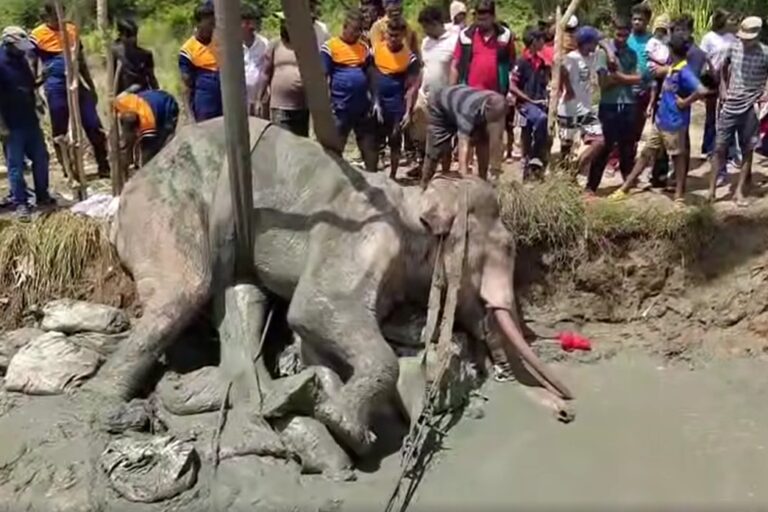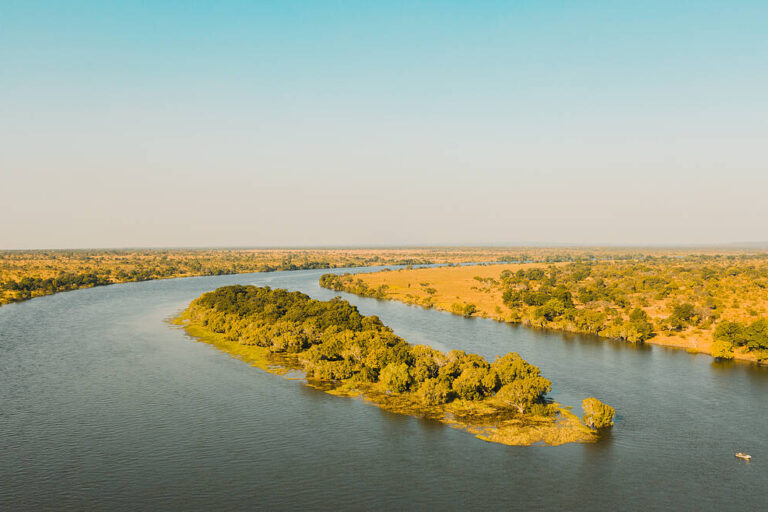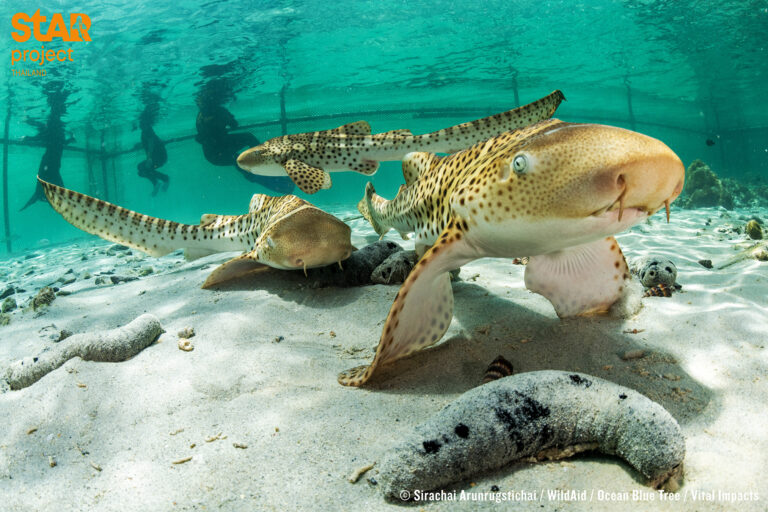Five million tons of carbon dioxide successfully buried, DOE eyes Kyoto
Department of Energy release
November 16, 2005
-
EDITOR’S NOTE: Following a successful trial of of carbon sequestration in Saskatchewan, Canada, green groups are worried that governments will try to bury the carbon problem instead of dealing with it. In a fall release, Jennifer Morgan, Director of WWF’s International Climate Change Programme, said governments should focus on cutting carbon emissions and carbon capture and storage needs more research before it is a viable option for addressing greenhouse gas emissions.
WASHINGTON, DC – Secretary Samuel W. Bodman today announced that the Department of Energy (DOE)-funded “Weyburn Project” successfully sequestered five million tons of carbon dioxide (CO2) into the Weyburn Oilfield in Saskatchewan, Canada, while doubling the field’s oil recovery rate. If the methodology used in the Weyburn Project was successfully applied on a worldwide scale, one-third to one-half of CO2 emissions could be eliminated in the next 100 years and billions of barrels of oil could be recovered.
“The success of the Weyburn Project could have incredible implications for reducing CO2 emissions and increasing America’s oil production. Just by applying this technique to the oil fields of Western Canada we would see billions of additional barrels of oil and a reduction in CO2 emissions equivalent to pulling more than 200 million cars off the road for a year,” Secretary of Energy Bodman said. “The Weyburn Project will provide policymakers, the energy industry, and the general public with reliable information about industrial carbon sequestration and enhanced oil recovery.”
In the first phase of the research project co-funded by the Department of Energy, carbon dioxide was injected into the Weyburn Oilfield in Saskatchewan, Canada. The CO2 increased the underground pressure of the field to bring more oil to the surface. The project increased the field’s oil production by an additional 10,000 barrels per day and demonstrated the technical and economic feasibility of permanent carbon sequestration – the capture and permanent storage of carbon dioxide in geologic formations.
To compare, primary oil recovery, which uses natural underground pressure to bring oil to the surface, typically produces only 10 percent of an oilfield’s reserves. In secondary efforts, operators flood the field with water to force the oil into the wellbore and increase recovery to 20 percent to 40 percent.
Enhanced oil recovery (EOR), the technique used in the project, has the potential to increase an oil field’s ultimate oil recovery up to 60 percent and extend the oilfield’s life by decades. Scientists project that, by using knowledge gained from the Weyburn Project, the Weyburn Oilfield will remain viable for another 20 years, produce an additional 130 million barrels of oil, and sequester as much as 30 million tons of CO2.
The CO2 used in the project is piped from the Great Plains Synfuels Plant near Beulah, N.D., and is a byproduct of the plant’s coal gasification process. Before the Weyburn Project, much of the CO2 used in similar U.S. EOR projects has been taken at considerable expense from naturally occurring reservoirs. Using an industrial source of CO2 sequesters this emission that would normally be vented into the atmosphere.

|
Now the Weyburn Project will move into Phase II where researchers will compile a best practices manual to serve as a world-class industrial reference in the design and implementation of CO2 sequestration in conjunction with enhanced oil recovery projects. They will also expand their efforts to the neighboring Midale Unit, develop more rigorous risk-assessment modeling techniques, improve injection efficiencies, and monitor CO2 flooding and storage with a variety of methods, including seismic wave technologies and geochemical surveys.
The Weyburn CO2 Storage and Monitoring Project is a multinational effort led by Canada’s Petroleum Technology Research Centre in Regina, Saskatchewan, and cosponsored by the oilfield operator, EnCana Corporation of Calgary, Alberta. The project receives funding from the U.S. Department of Energy, as well as industry and government organizations in Canada, Japan, and the European Commission.
The Weyburn Project is endorsed by the Carbon Sequestration Leadership Forum, an international climate change initiative focused on carbon capture and storage as a means to accomplish the long-term stabilization of CO2 levels in the atmosphere. Announced by the U.S. Secretary of Energy and Under Secretary of State for Global Affairs in February 2003, the Forum has attracted 22 member nations, including the European Commission, and joint projects have demonstrated a wide range of CO2 capture, transport, and storage techniques.
This is a modified press release from the Department of Energy.













